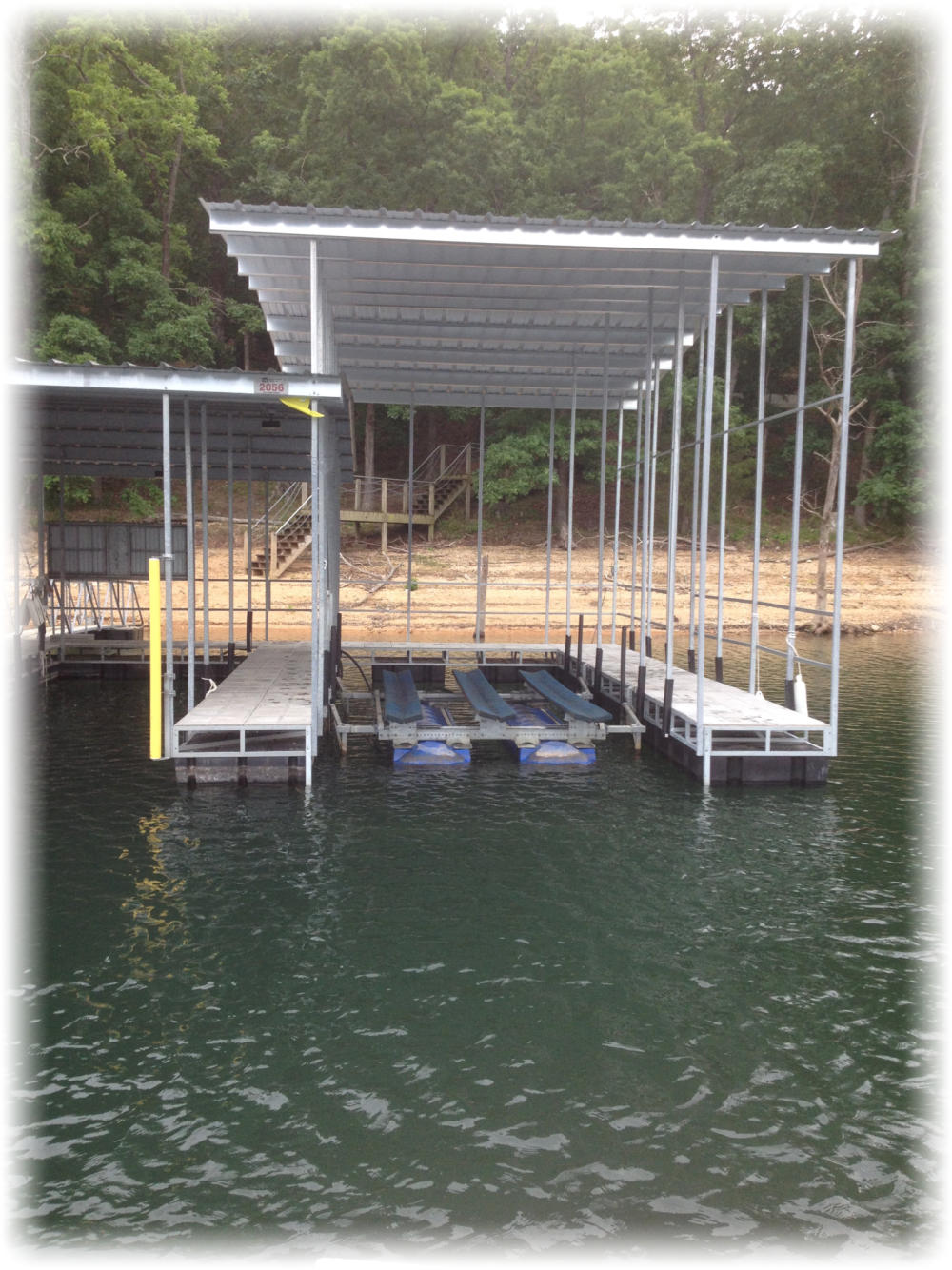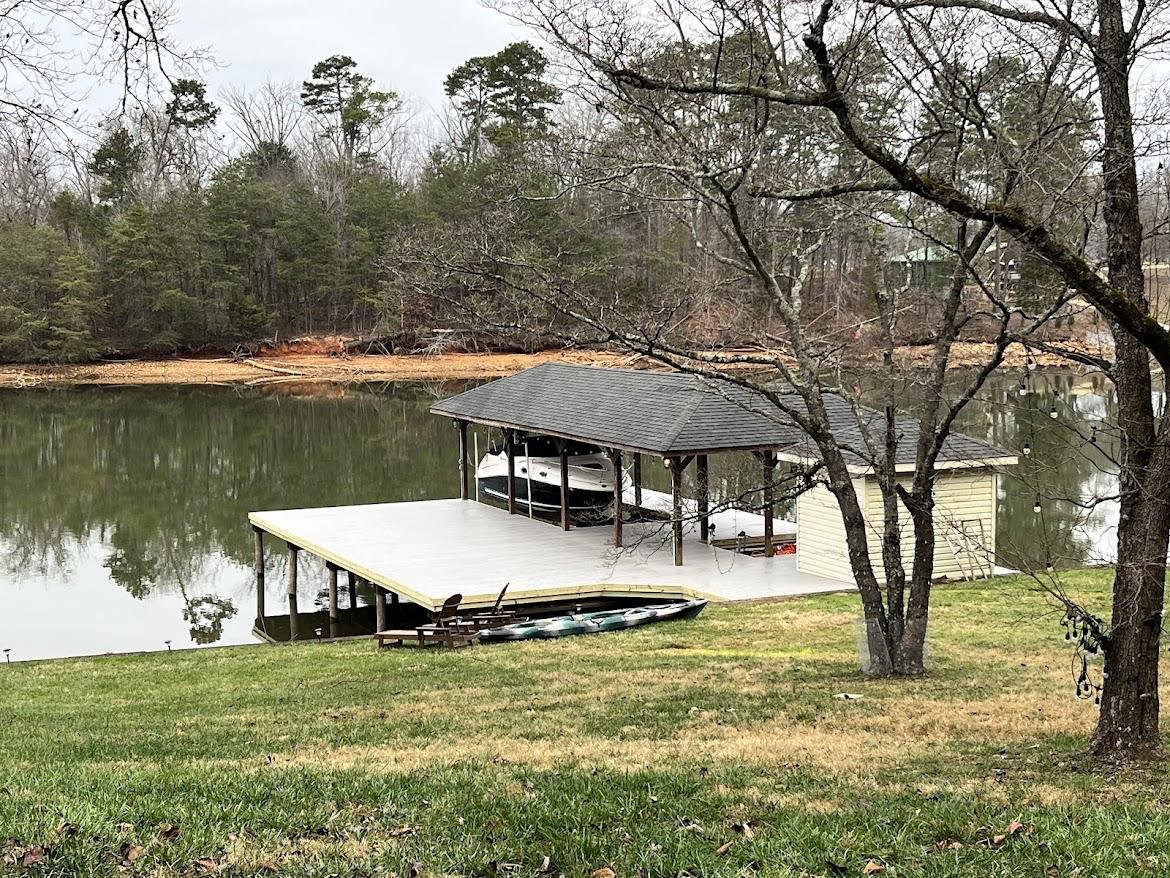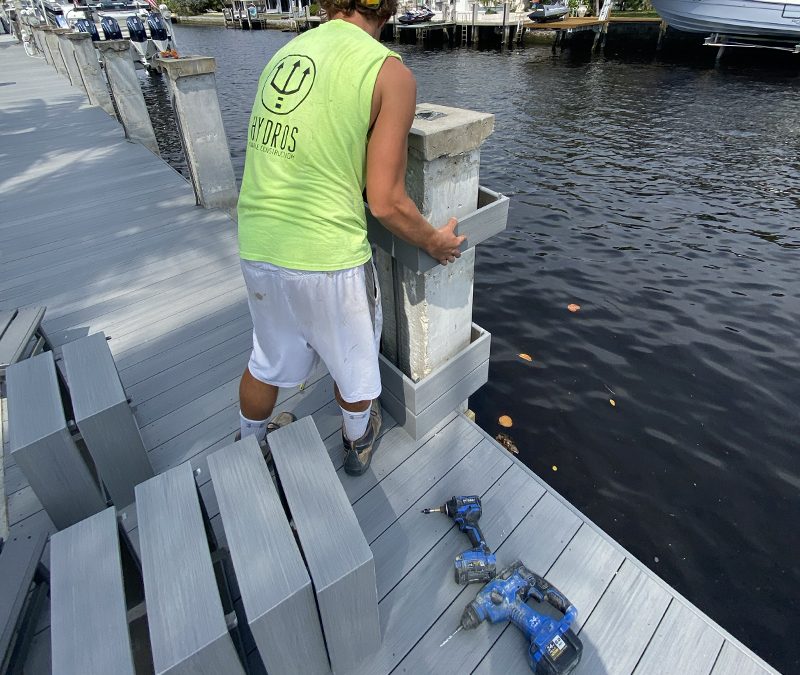Reliable Dock Repair Techniques: Ensuring Architectural Stability
Making sure the architectural stability of anchors through effective fixing techniques is critical for the longevity and security of marine centers. Ultimately, selecting the appropriate fixing products, such as composite materials and corrosion-resistant alloys, is crucial for sturdiness.
Evaluating Dock Damage
Analyzing dock damage is a critical very first step in making sure the structural integrity and security of any kind of docking facility. This initial examination includes a detailed inspection to recognize both surprise and visible damages. Trick elements to analyze consist of the dock's structure, pilings, decking, and hardware. Each part should be scrutinized for signs of wear, rot, rust, or other kinds of degradation that could compromise the structural integrity.
Structural engineers or qualified assessors usually execute these analyses using specialized strategies and devices. Underwater assessments could use finder equipment or from another location operated lorries (ROVs) to find immersed damage. Over water, aesthetic evaluations are matched by utilizing dampness meters and other diagnostic tools to uncover underlying problems not immediately visible to the naked eye.

Picking Fixing Products
Picking the suitable repair service materials is a pivotal action in the dock remediation process, one that directly affects the durability and performance of the fixed framework. Product option have to be driven by factors such as ecological conditions, load-bearing requirements, and compatibility with existing dock elements. For example, timber is a conventional option for anchors because of its natural durability and visual charm. Selecting the right kind of timber, such as pressure-treated lumber or normally rot-resistant types like cedar or teak, is important to endure water atmospheres.
Along with wood, composite materials are increasingly popular as a result of their resilience and low upkeep needs. Compounds, commonly made from a mix of plastic and wood fibers, offer excellent resistance to rot, bugs, and UV damage. For metal docks, picking corrosion-resistant alloys such as galvanized steel or marine-grade light weight aluminum is necessary to protect against corrosion and ensure architectural stability in saline water problems.
Epoxy resins and marine-grade sealants are essential for repairing fractures and sealing joints, supplying a water resistant obstacle and boosting the dock's overall stamina. By meticulously choosing high-grade materials, dock fixings can achieve durable results, thereby securing versus future degradation and making certain risk-free, trustworthy use.
Architectural Reinforcement Methods
Effective architectural reinforcement methods are essential in guaranteeing the security and long life of dock repairs. One basic method entails using steel or composite support bars (rebar) within concrete structures. Rebar offers additional tensile stamina, protecting against cracks and dispersing lots more equally. This method is specifically reliable for anchors exposed to hefty tons or harsh environmental problems.
An additional necessary strategy is the application of fiber-reinforced polymers (FRP) These materials use high strength-to-weight proportions and outstanding resistance to rust, my response making them suitable for reinforcing wood or concrete anchors. FRP can be applied in strips or sheets and adhered with epoxy resins to improve structural integrity.
Bracing and anchoring systems likewise play an essential duty in structural support. Cross-bracing, making use of steel or wood light beams, can counteract side pressures, decreasing persuading and activity. Anchoring systems, such as helical piers or driven piles, provide a secure structure by moving lots to deeper, more secure dirt layers.
Last but not least, the assimilation of load-distribution plates can help distribute weight more equally across the dock's surface, minimizing localized anxiety points. These strategies jointly make certain that docks remain risk-free and robust, efficient in standing up to the rigors of their functional setting.
Advanced Repair Methods

Another innovative technique entails undersea welding, which enables fixings to be performed without the requirement to dewater the area. This method is especially helpful for dealing with architectural issues in submerged dock parts, ensuring marginal interruption to operations. Boosted welding methods, combined with robotic systems, deliver accuracy and reliability, thus extending the lifespan of the dock.
Additionally, cathodic protection systems are implemented to stop deterioration in metallic dock structures. By utilizing sacrificial anodes or amazed current systems, these strategies efficiently alleviate the electrochemical procedures that lead to product deterioration.
Lastly, advanced surveillance innovations, such as structural health tracking (SHM) systems, give real-time information on the problem of dock structures. These systems make it possible for aggressive maintenance and timely interventions, eventually guaranteeing the long-term structural integrity of the dock.
Maintenance and Prevention
Upkeep and avoidance are fundamental principles that underpin the durability and safety and security of dock structures. Regular evaluations are extremely important, enabling early discovery of damage, prospective weaknesses, and environmental impacts. An aggressive method, including routine look for deterioration, rot, and architectural shifts, reduces costly repairs and extends the dock's functional life.
Precautionary procedures need this page to include using protective coatings to steel components to protect versus rust and making use of cured wood to resist decay. Furthermore, guaranteeing proper drainage and ventilation can stop water build-up, which is a typical reason for architectural degradation. Integrating quality materials and sticking to manufacturer standards during building and construction and repair work stages likewise play crucial roles in enhancing resilience.

Educating personnel in dock maintenance best practices makes sure consistent application of safety nets. Leveraging technological developments, such as drones for inspections and sensors for real-time surveillance, can better boost upkeep initiatives. By focusing on maintenance and prevention, dock proprietors can make certain structural integrity, operational security, and economical administration over the dock's life-span.
Conclusion
In conclusion, keeping the architectural honesty of aquatic centers requires thorough dock fixing methods. Advanced repair work strategies, coupled with normal maintenance techniques, make sure the dock remains risk-free and functional under varied ecological conditions.
Guaranteeing the structural integrity of anchors through effective repair techniques is paramount for the long life and security of aquatic facilities.Selecting the ideal fixing products is an essential action in the dock repair procedure, one that straight affects the long life and efficiency of the fixed framework.Efficient anchor structural reinforcement strategies are crucial in making sure the security and durability of dock repairs. By focusing on maintenance and prevention, dock proprietors can ensure architectural integrity, operational safety and security, and economical management over the dock's lifespan.
In verdict, preserving the architectural honesty of aquatic facilities necessitates comprehensive dock repair work techniques.
Comments on “DIY Tips for Simple Dock Repairs You Can Manage”